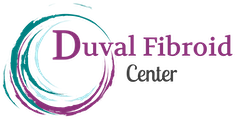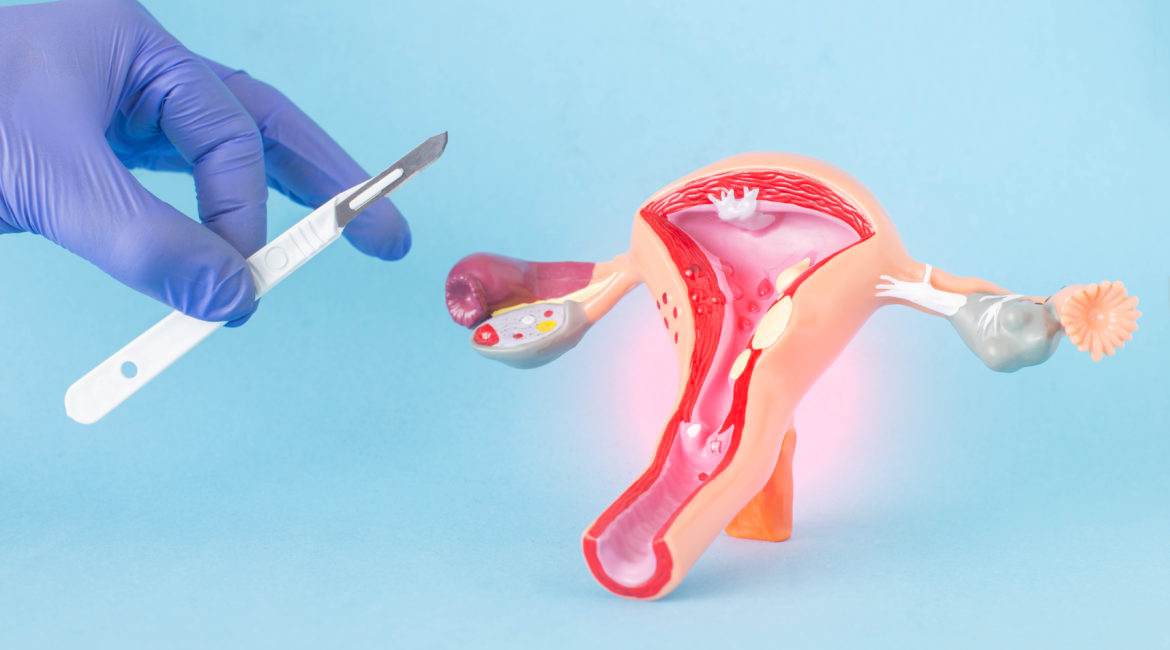Being diagnosed with uterine fibroids can feel like a life-long sentence to pain and severe menstrual cramps you didn’t sign up for. Periods alone can take a toll on your body, so combined with fibroids, it can be a nightmare attempting to manage discomfort while searching for the proper treatment.
You may have read about your options briefly, but words like “ablation” and “myomectomy” prevented you from getting any further than a confused head scratch.
That’s why we’ve put together a list of some options you might want to be aware of when deciding on the best treatment for you to say hello to a pain-free life!
Non-surgical Options
Managing the pain and discomfort that come with the development of uterine fibroids can be a lot easier with some less-invasive options like hormone therapy or over-the-counter medications.
Just like Advil and Tylenol can relieve a headache, they can also temporarily work to manage any pain that comes with mild fibroid development and can be taken pretty much hassle-free. Other options include birth control and hormone therapy, which can both assist in controlling hormone levels to lessen heavy bleeding and other symptoms of fibroids.
However, taking medications to treat fibroids is only a temporary option and can have long-term side effects such as blood clots, stroke, and heart attacks. Also, according to the National Center for Biotechnology Information (NCBI), a specific form of hormone therapy that assists in stopping fibroid growth — GnRH analogs — isn’t a guarantee that symptoms will dissipate.
Surgical Options
Maybe you’re tired of reaching for the Advil in the medicine cabinet, or you don’t want to risk taking something that might not have long-term benefits. Either way, there are other options when it comes to treating fibroids that might save you from swallowing a pill every morning.
Endometrial ablation is one method of treating symptoms by removing the lining of your uterus to reduce or stop menstrual flow. While about half of the women who undergo the procedure have no more menstrual bleeding, this method also takes away a woman’s ability to become pregnant and is not a good option for those looking to have children.
Other surgical procedures, such as myomectomy or hysterectomy, can also help treat and even cure fibroids.
What’s the difference? While in a myomectomy, the uterus is kept intact to help preserve a woman’s fertility, a hysterectomy involves removing the uterus, making it a guaranteed way to cure fibroids. However, just like endometrial ablation, getting a hysterectomy warrants that a woman will not be able to become pregnant after the surgery.
There is an alternative option. Uterine fibroid embolization (UFE) is a non-invasive alternative to surgery that involves cutting off blood flow to the fibroids, thus causing them to shrink and reducing or eliminating any existing symptoms.
Because UFE is usually performed in under one hour and does not involve intensive surgery or anesthesia, the procedure is much safer and features high clinical success and patient satisfaction ratings. According to John Hopkins Medicine, “approximately nine out of ten patients who undergo uterine fibroid embolization will experience significant improvement or their symptoms will go away completely.”
Choosing the Best Option for You
Dealing with constant pain, anemia, and constipation is not something that can be easily ignored, which is why here at Duval Fibroid Center we consider your needs and provide you with a variety of options to live without the burden of fibroid pain.
Our center, specializing in women’s health, offers UFE to ensure that you are on your way to feeling lasting relief!
You can quickly and easily schedule an appointment or give us a call today at 904-423-6017 to get more information about the best options for you. Don’t wait; the path to a pain-free life is only one step away!





